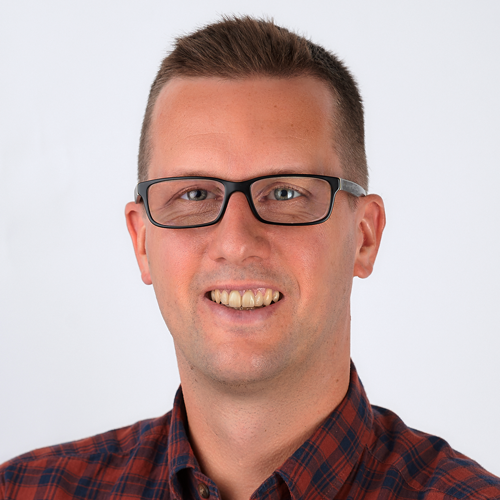 \
&
Contact us
\
&
Contact us
 \
&
Contact us
\
&
Contact us
The Future Foods partnership will coordinate, align, and leverage European and national R&I efforts to future-proof food systems for co-benefits and provide solutions to the Farm to Fork strategy. The objective of the partnership is to collectively develop and implement an EU-wide committed research and innovation partnership to accelerate the transition towards healthy diets that are safe and sustainably produced, and consumed in resilient EU and global food systems.
Contact
Commission services: Daniela Lueth
Partnerships group the EC and private and/or public partners, to coordinate and streamline the research & innovation initiatives and funding in some selected key domains.

pascal.verheye@vlaio.be
Professor Lieven Eeckhout’s main research interests include computer architecture and the hardware/software interface with a specific emphasis on performance evaluation and modeling, and dynamic resource management.
Professor Eeckhout is the recipient of a European Research Council (ERC) Starting grant, Advanced grant and three Proof of Concept grants. Two of his former PhD students founded in 2013 CoScale, a spin-off in data center monitoring, which was acquired by New Relic.